I promised a couple of commenters on my last article that I would share some of the “normal” images from my first batch of C-41 developing. Now that I’ve also shared some results from my experimental dance developing I thought I would follow through on that promise.
For those that haven’t read that first article, essentially I tested my C-41 developing on an expired roll of film despite knowing that it would likely be fogged due to the age of the film. I just wanted to make sure that my developing produced an image and was relatively even, which I personally think it was.
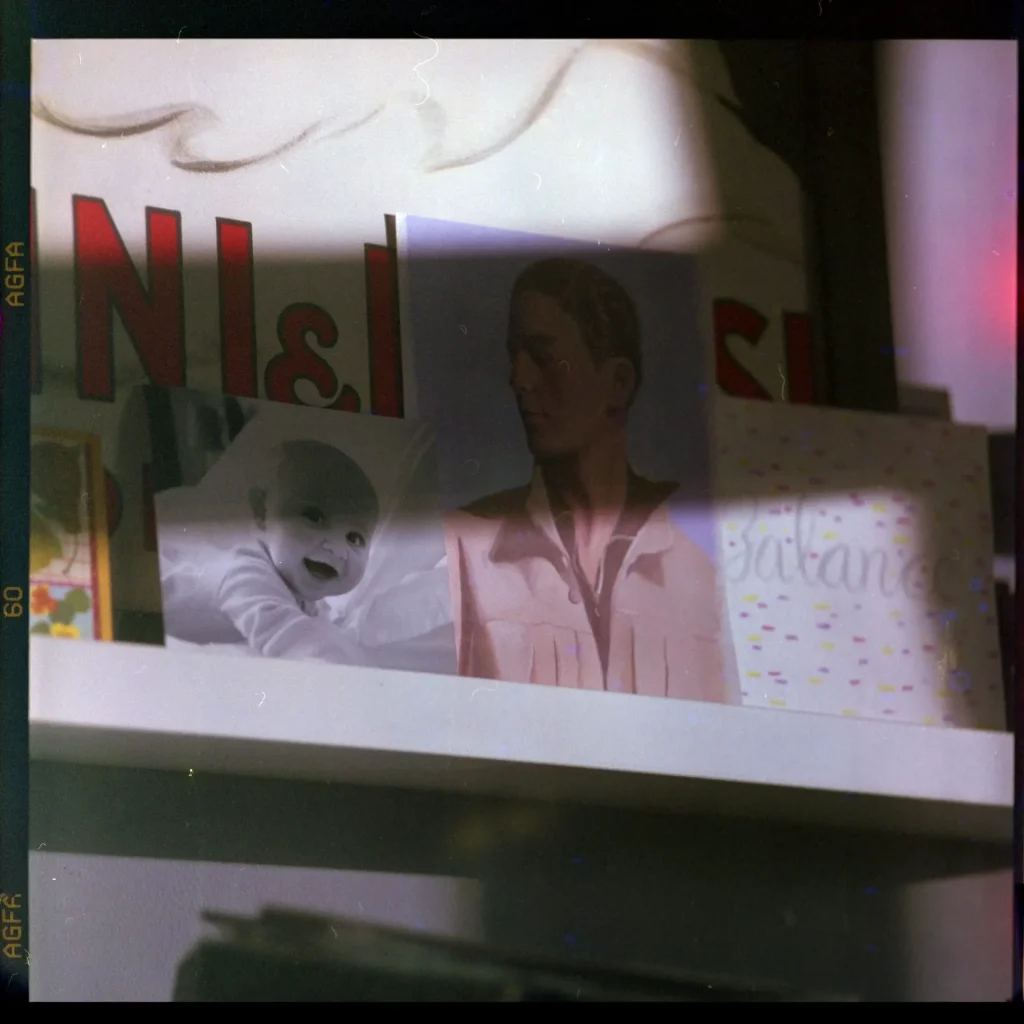
However, when I pulled up the folder with those rolls in it, to remind myself of what went through that batch I realised that only 1 roll from that whole set could be considered “normal”. A roll of Ektar on 120 film. So that’s where I’ll start this article but I’ll also share some examples from my other rolls further down.
Ektar on 120
A note that whilst I developed all of these rolls, they were scanned by Take It Easy Lab as I’ve still yet to learn to convert colour negatives (and don’t have neg lab pro but that’s a whole other story).
Overall, I’m pretty pleased with the results from home developing, the only issue on this roll relates to the fact that I have been trying super close focusing with a heavy TLR and I either haven’t nailed the focus or the shutter speed is too slow for handheld with the bellows extended that far. In other words, nothing to do with the developing itself.
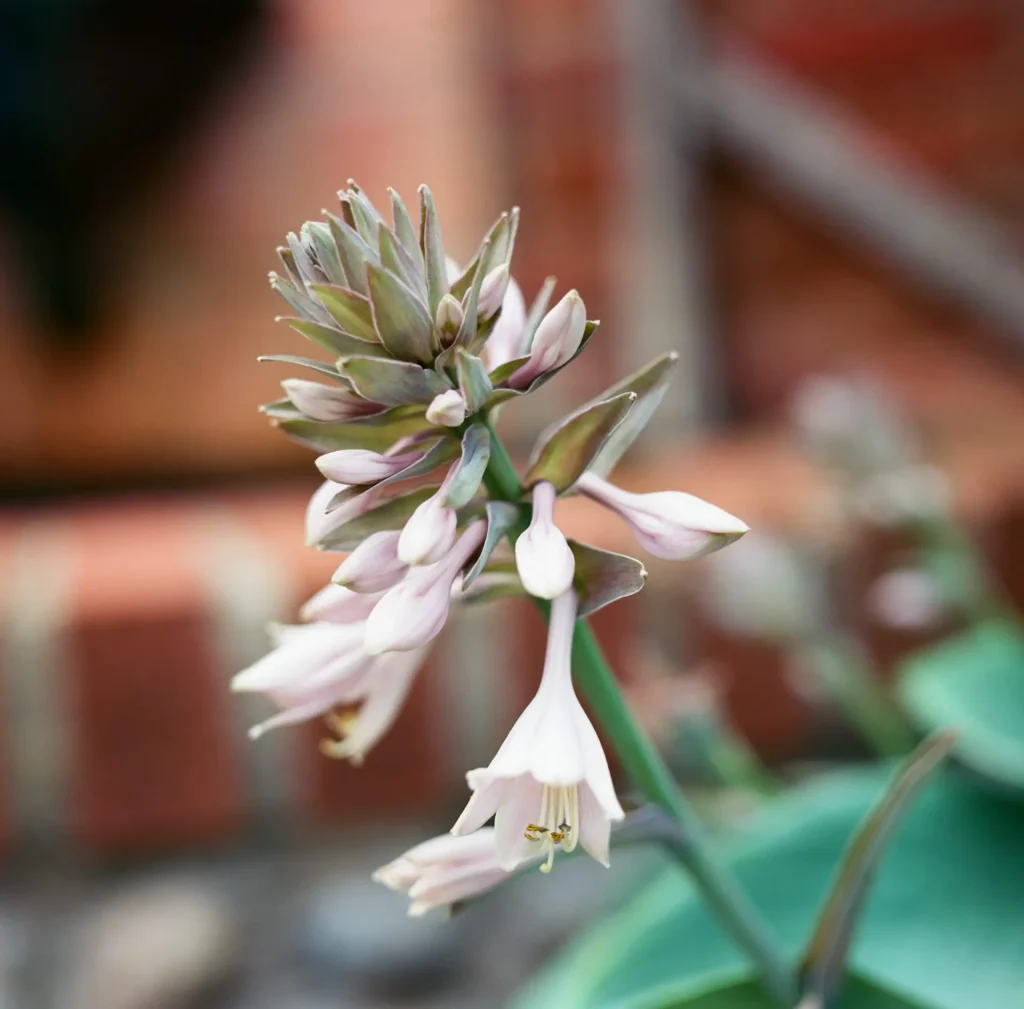
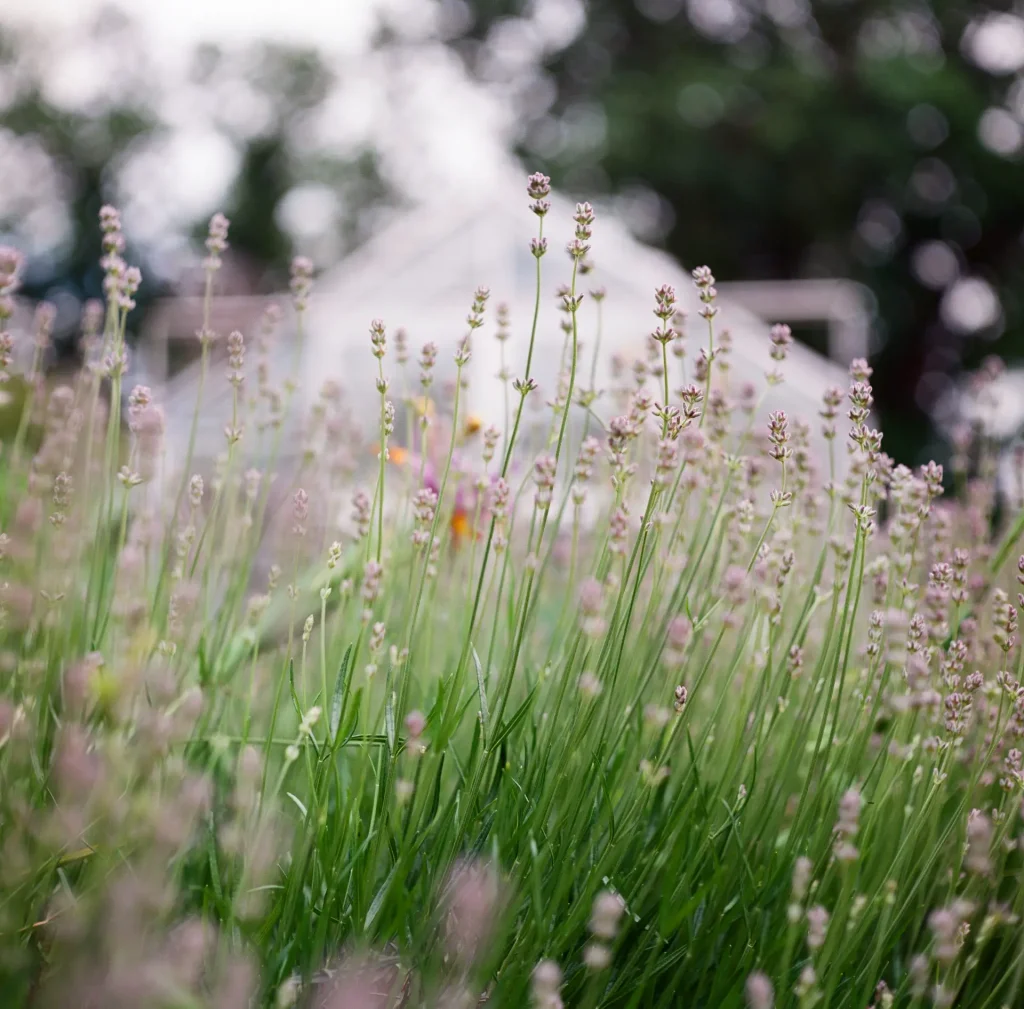
Lomochrome Purple
So this was my first ever roll of Lomochrome Purple, on the package it recommends good sunlight but this first roll was shot in early Spring so some sun but not strong sunlight. I’ve also placed an example which I did not develop myself below as a comparison but I would like to note that I think the better results relate to the fact that the second image was shot in glorious July sunshine rather than being too much about the developing. I had that roll developed by Take It Easy Lab so I wouldn’t expect any differences in the scanning.
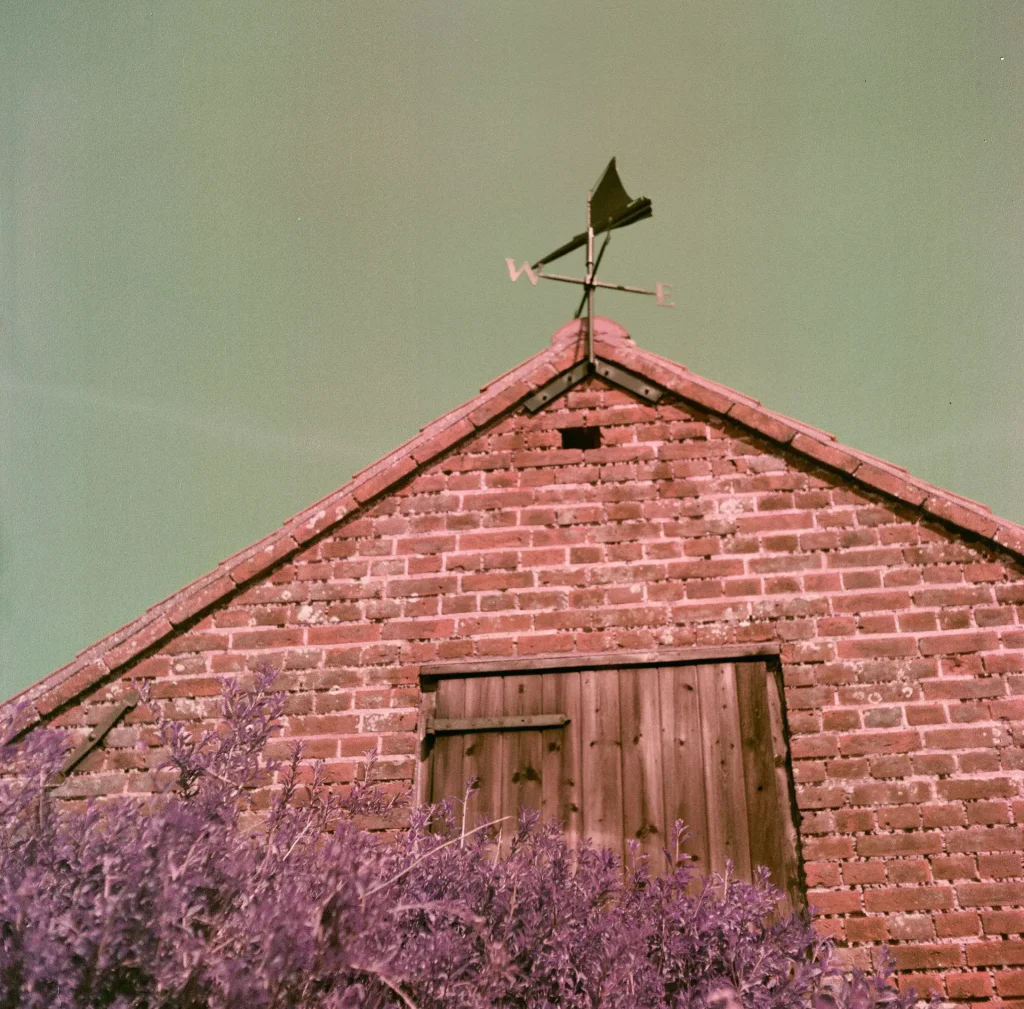

Double Exposures on Fuji 100
This roll of film was shot as part of the double exposures model in the Shoot It With Film Insiders group. I’d always been a bit disheartened with my attempts at double exposures in the past but this group really helped me to understand how it can be done effectively and with some element of control.
I’m certainly not saying these are the best examples of double exposures but they are from that first experimental roll which has lead to some deeper exploration.
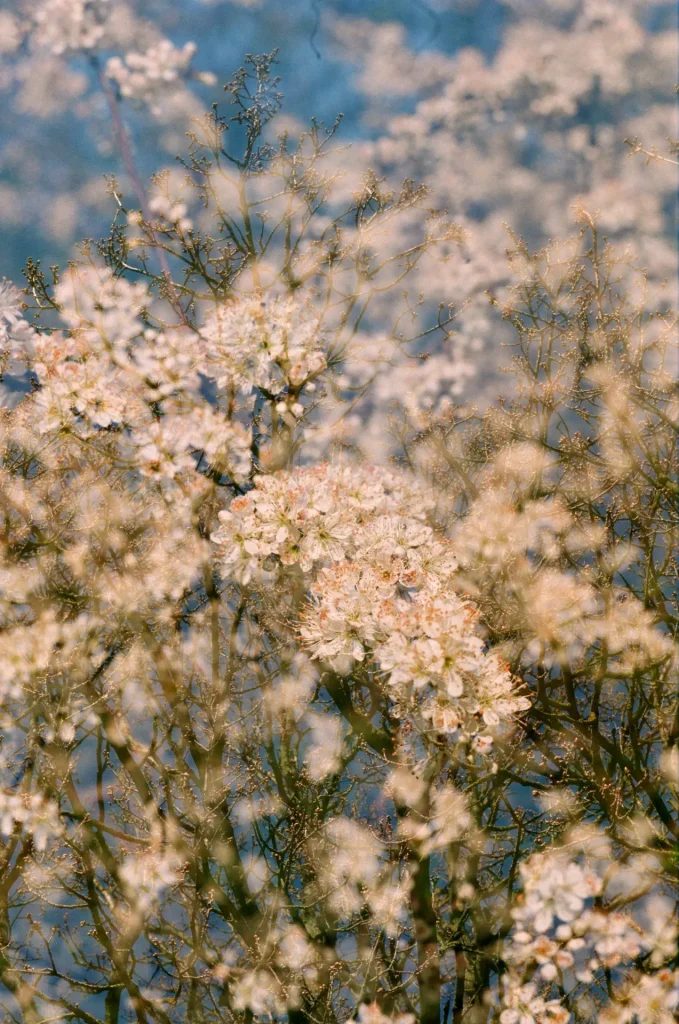
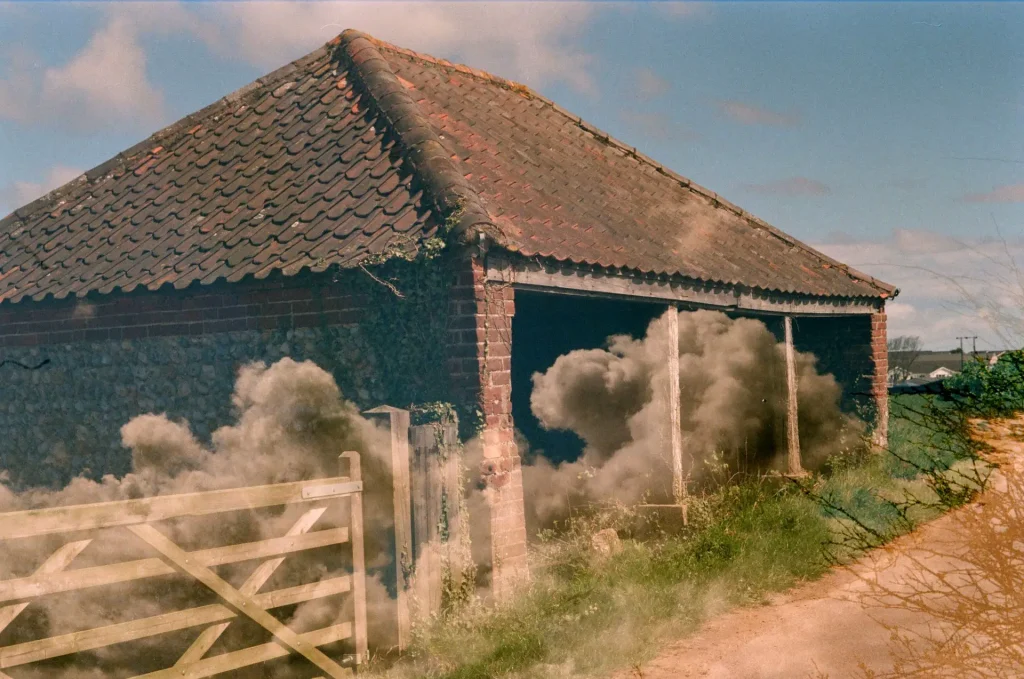
Kodak Ektar + Creative Filters
There are a few “straight” images on here but the majority of the roll was shot using one or other of the prism filters that I’ve recently acquired.
You may have noticed that this roll of Ektar is far punchier and saturated than the 120 roll I shared above and I think that comes down to the weather conditions when shot. The 120 roll was shot on a slightly more overcast day whilst this one was shot in glorious sunshine.
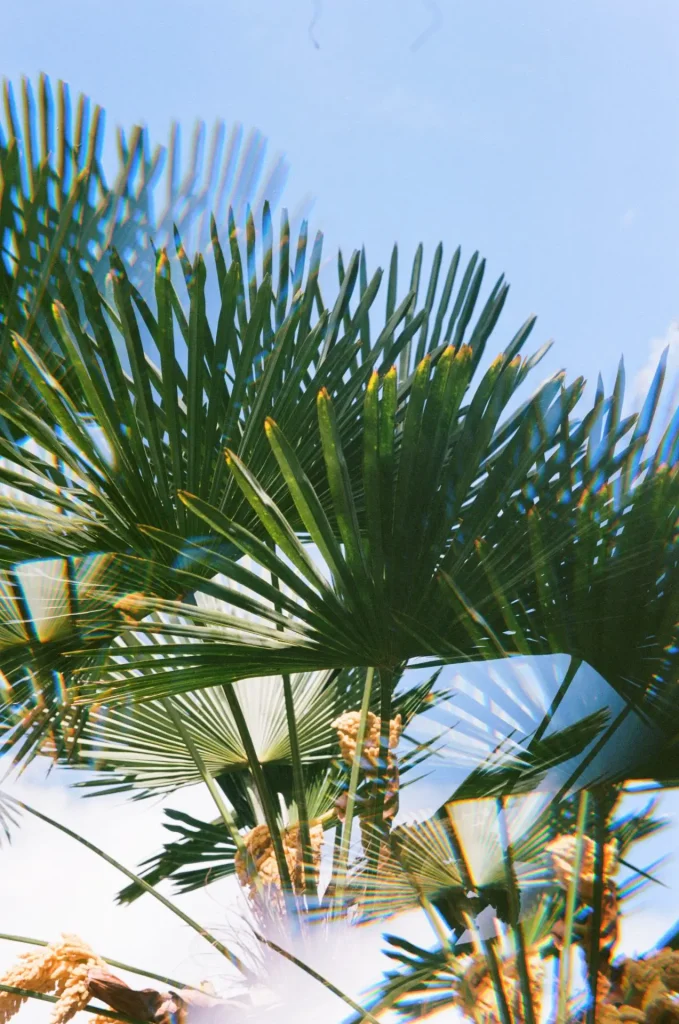
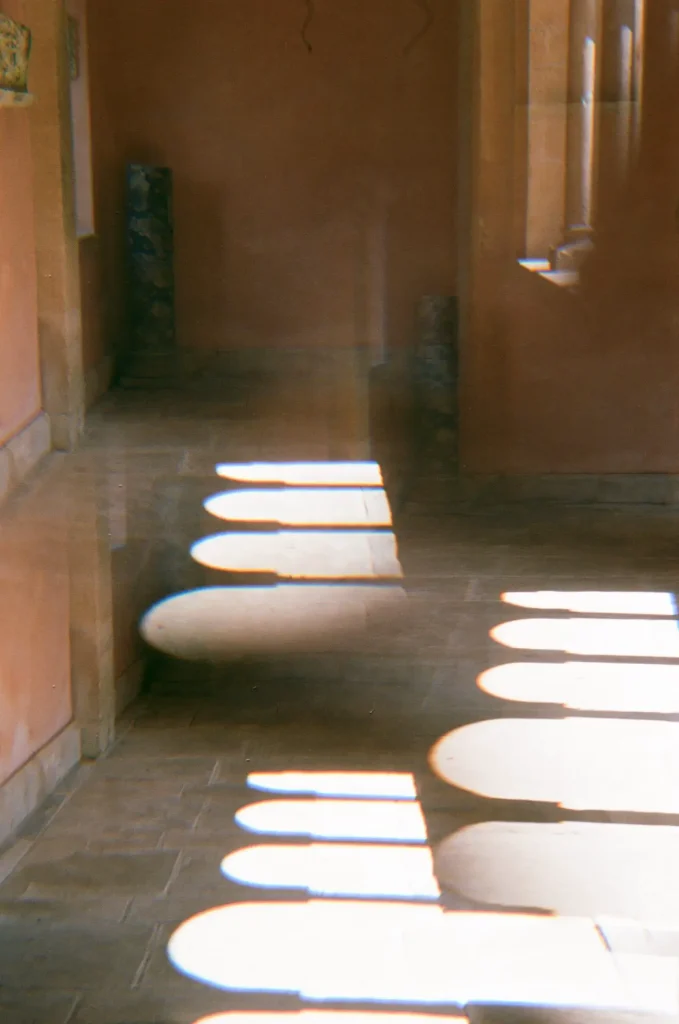
Yodica Pegasus and Dubblefilm Jelly
I’ve grouped these two together because they are very similar in that they are pre-exposed rolls of film. I’ve not shot either of these before and notice that one roll seems to have more pronounced colour shifts than the other. I’m pretty certain that this is a brand thing rather than relating to my development. It’s likely an aesthetic choice of the brand for that particular roll.
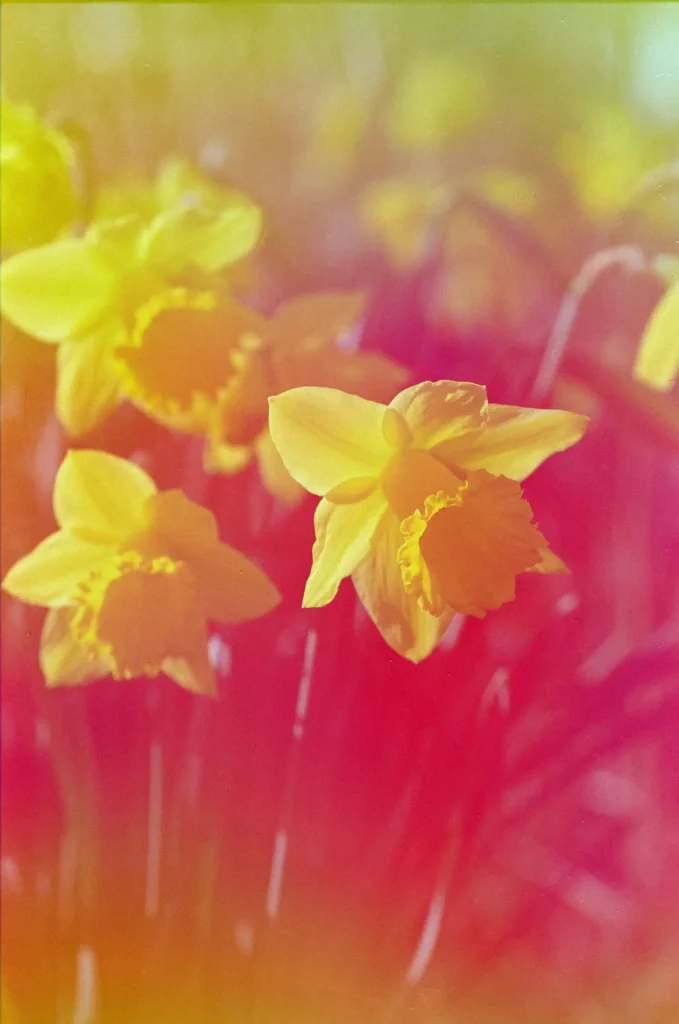
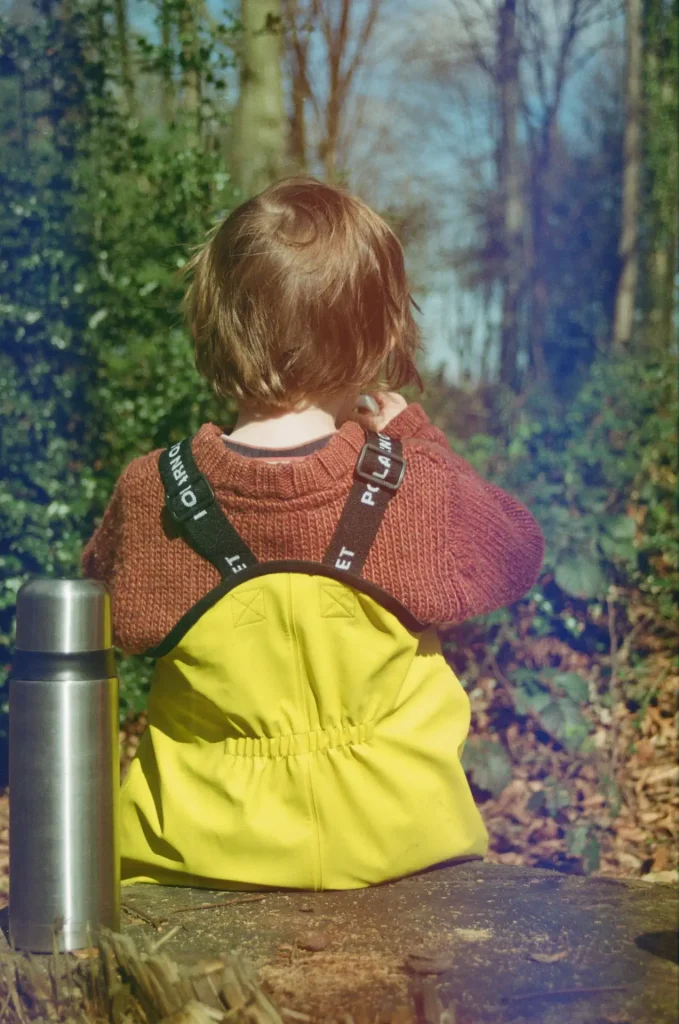
Conclusion
So there we have it guys, essentially a full batch of C-41 film. I say essentially because there are in fact 2 more experimental ones which were processed in this batch but which I haven’t finished working on. Maybe I’ll share those later on.
As I mentioned in my first article, these were all developed using Belini Foto chemicals. I wasn’t massively impressed with the user experience for that and I’m currently in the process of trying Tetenal’s version – let me know if you’d like me to share my thoughts on the two types in a later article.
Have you tried Belini and Tetenal? What are your thoughts? And do you have any recommendations for other C-41 kits?
You can see more of my day to day work on Instagram or my portfolio on my website. If you’re interested in some of my experimentation then you can see more on my YouTube channel.
Share this post:
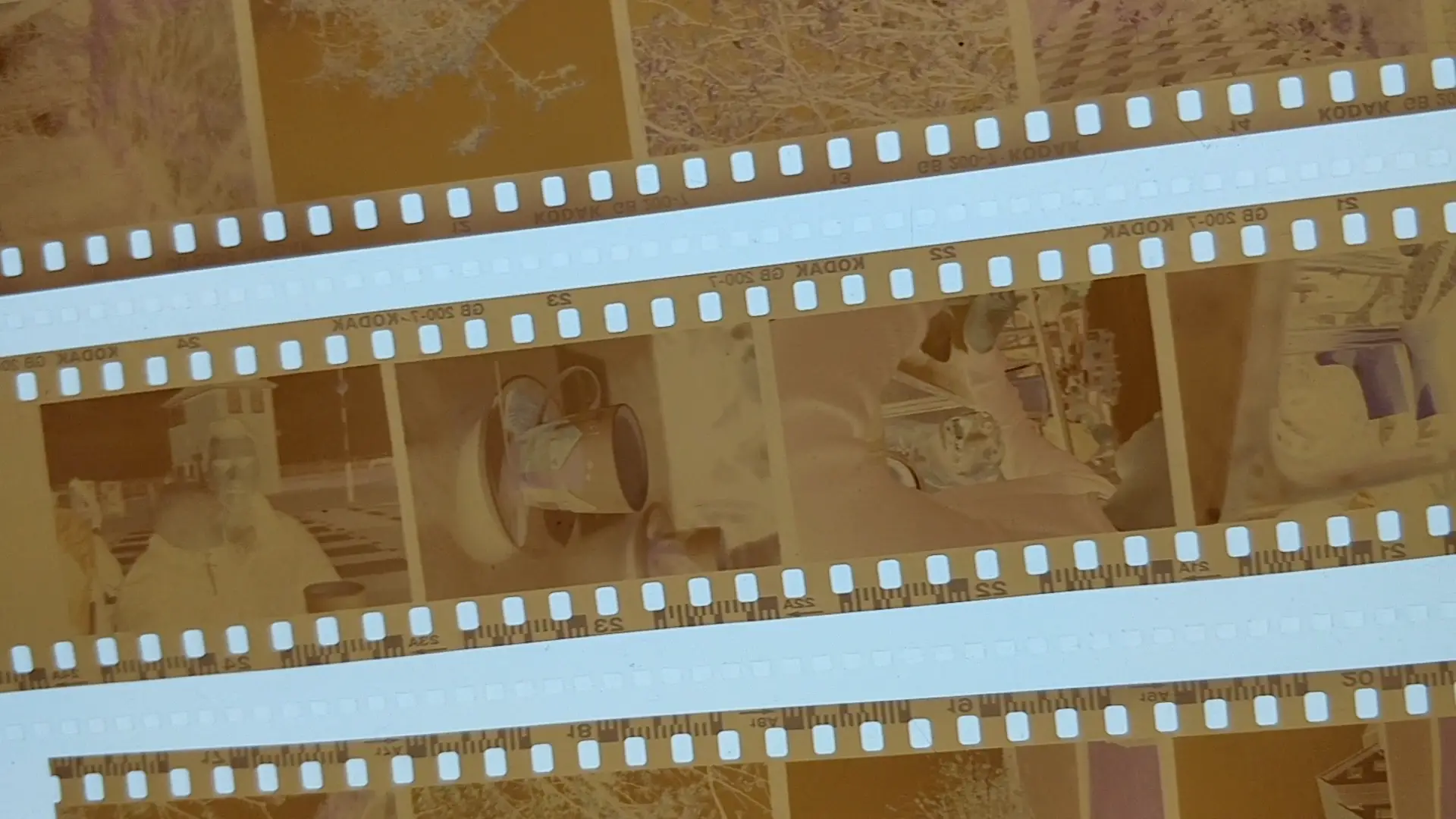








Comments
Dave Walker on Continuing to Learn C-41 Developing – A Learning Journey By Holly Gilman
Comment posted: 02/12/2021
TLDR: I can recommend the Unicolor/FPP C-41 kit!
Comment posted: 02/12/2021
Comment posted: 02/12/2021
Bob Janes on Continuing to Learn C-41 Developing – A Learning Journey By Holly Gilman
Comment posted: 02/12/2021
Comment posted: 02/12/2021
Comment posted: 02/12/2021
Richard Politowski on Continuing to Learn C-41 Developing – A Learning Journey By Holly Gilman
Comment posted: 02/12/2021
Comment posted: 02/12/2021
Dave Palumbo on Continuing to Learn C-41 Developing – A Learning Journey By Holly Gilman
Comment posted: 02/12/2021
On the subject of scans, I've tried a lot of different conversion methods for color including: lab scans, Silverfast, Negative Lab Pro, and even got into shooting with blue gels and building photoshop actions to correct. Earlier this year I tried the Grain2Pixel plug-in and it's my easy favorite. Free to use if you have Photoshop, fairly straightforward, and best matches how I want my images to look. Worth a look if you haven't tried it yet
Comment posted: 02/12/2021
Alan Jones on Continuing to Learn C-41 Developing – A Learning Journey By Holly Gilman
Comment posted: 02/12/2021
Don't be a muppet and do what I did - carefully measure and mix the 'Part 1', 'Part 2' and 'Part 3' chems together, THEN add distilled water - at ambient temp.
...Then process 3 rolls of Portra holiday snaps with a water bath and sous vide - and find they all come out like Lomography's finest.
Painful.
Comment posted: 02/12/2021
Alexander Seidler on Continuing to Learn C-41 Developing – A Learning Journey By Holly Gilman
Comment posted: 03/12/2021
C41 is very easy and patient in my opinion, so there is no need for dancing :-)
Except maybe you like dancing,.
Comment posted: 03/12/2021
Peggy on Continuing to Learn C-41 Developing – A Learning Journey By Holly Gilman
Comment posted: 19/12/2021